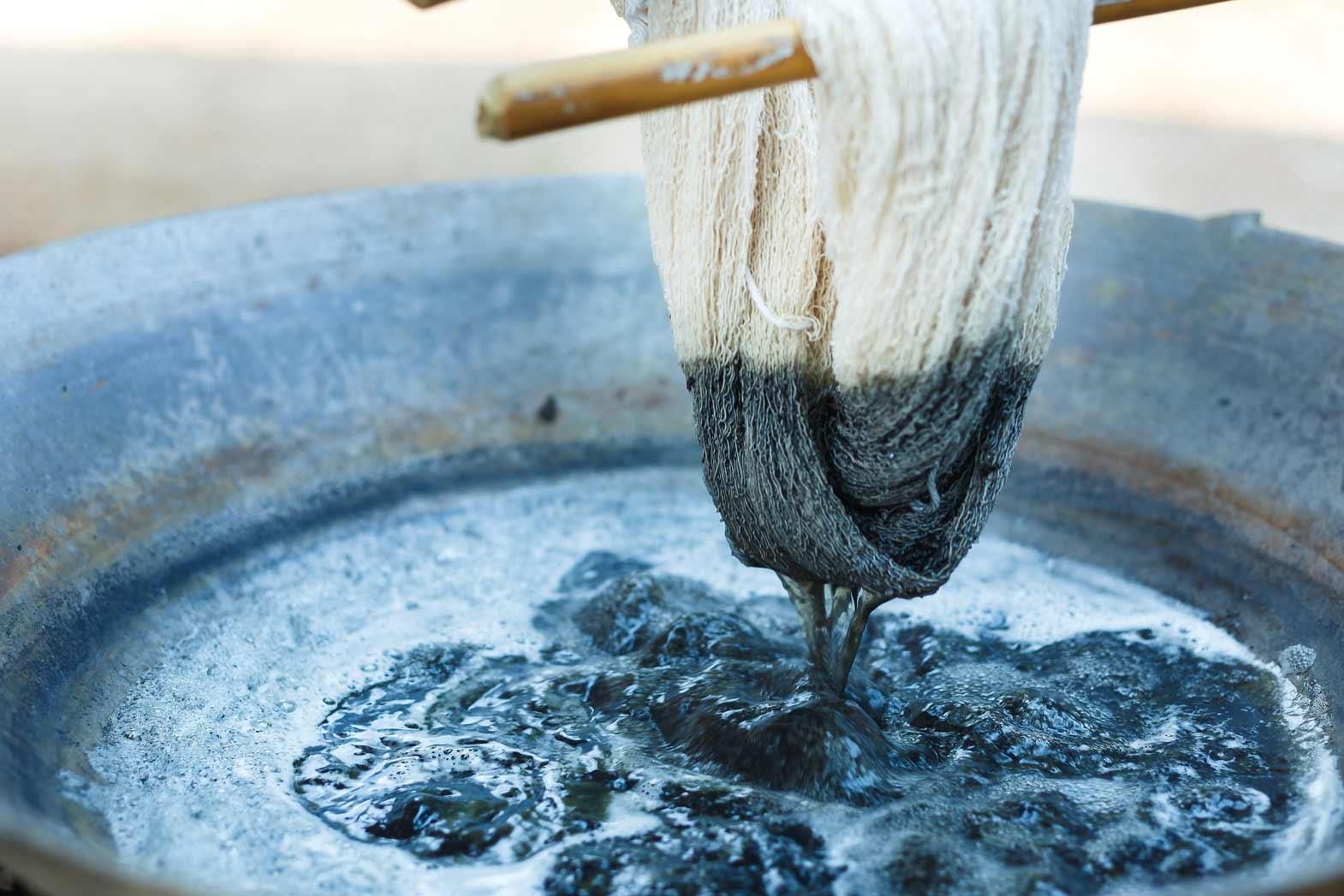Modernization in dyes and chemicals gave birth to synthetic dyes. Until then, natural dyes from animal and plant extracts were used to color garments. The process of extraction was tedious and hence the garments were expensive. Thus, these dyes were used in making attires for the rich, kingly, and the wealthy. The use of insects for obtaining a certain color for the purpose of dyeing has been dated back to the 15th century.
The residue was further treated to produce shellac and seedlac. Shellac was used in the manufacturing of oriental rugs. It was used to achieve yellow to dark orange shades. India used lac for dyeing fabric like silk and wool, while in China leather was dyed with lac. The original red color of lac can be altered from violet to brown. At present, the demand for lac in textile dyeing is low,since it faces competition from synthetic dyes.
Kermes, a parasitic insect that feeds on the kermes oak trees, has been used since historic times for acquiring a red crimson dye. Kermes was and still being produced in the Middle-east and Mediterranean regions. It was used to dye silk and woolen fabrics too. Cuttlefish is another addition to the list of animal made natural dyes in textiles. The cuttlefish ink was an important source of brown or sepia dye. Artificial dyes today have replaced the use of this ancient dye.
A traditional source of obtaining the perfect red is from the cactus feeding insect Cochineal. This scaly insect is ground with the help of a stone or a mortar and then added to boiling water to fetch the carmine red dye. Shades of pink, purple, and orange can be derived with a little processing. This method of developing a red colored dye has been dated back to the times of Mayan and Aztec civilizations.
Out of all other natural dyes, the ones derived from insects, cochineal is still widely used. It is used to dye garments, in food and cosmetic products as a natural coloring agent, and in luxury textiles. Peru is the largest producer, followed by Mexico, Guatemala, and Canary Islands of the dye, owing to the population of the cactus plants in these regions. France is the biggest importer, followed by Japan and Italy of the cochineal insects.
One kilogram of cochineal dye is made by processing 80-100 thousand insects. Cochineal dyes blend well with silk, wool, cotton, and yucca fabrics. The reason Cochineal is so popular is because it is a water soluble dye, moreover, it is light, heat-stable, and oxidation resistant. Towns of the state of Oaxaca, in Mexico still procure this crimson red dye conventionally.
Polish cochineals, just like their parasitic counterparts, kermes and cochineal, are insects that reside on the roots of various herbs. They were usually found in Central Europe and certain parts of Eurasia. Continual harvesting of these insects has resulted in their scarcity and its plant host today. Polish cochineals were an important trade commodity until; America started producing carmine from Cochineals in the 16th century.
While using natural elements for dyeing, mordants play an important role. Since insect dyes do not combine directly with the fabric to be colored, mordants are used fix them with the material. These compounds prevent the color from fading, when exposed to light or due to frequent washing. Metals like aluminum, chromium, iron, tin, copper, tannins, and oils were used to give colorfastness and hue to the material.
Ecological issues are the primary reason why most of these insects except for cochineal are not being used for textile dyeing. However, with the advent of chemical and synthetic dyes, the use of natural dyes especially from animal extracts faded away. Laborious extraction of the color from the raw materials, low color value of the dyes, and the time-consuming method for making the dye resulted in considerably higher prices than the synthetic ones, which consequently lead to the rapid decline of animal based natural dyes.
References:
1. Webexhibits.org
2. Fao.org
3. Wikipedia.com
4. Ias.ac.in








Comments